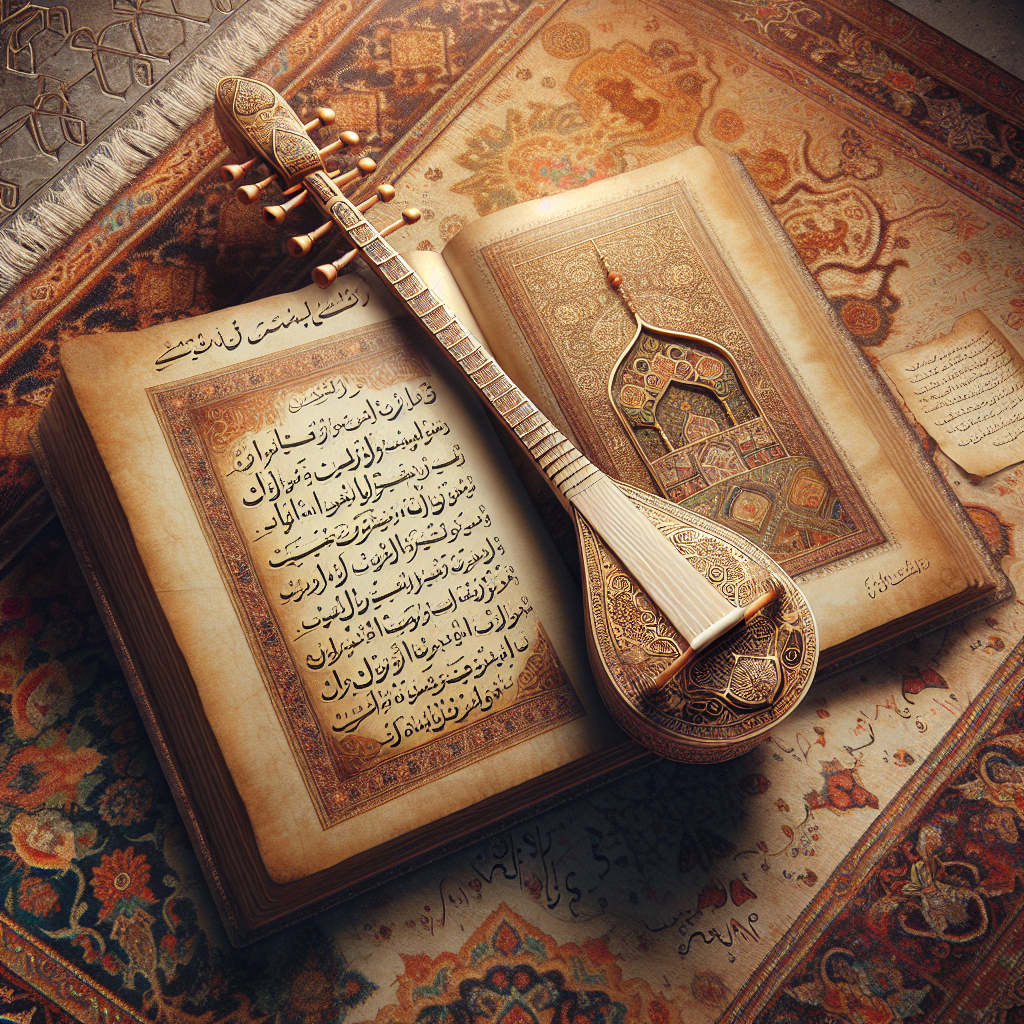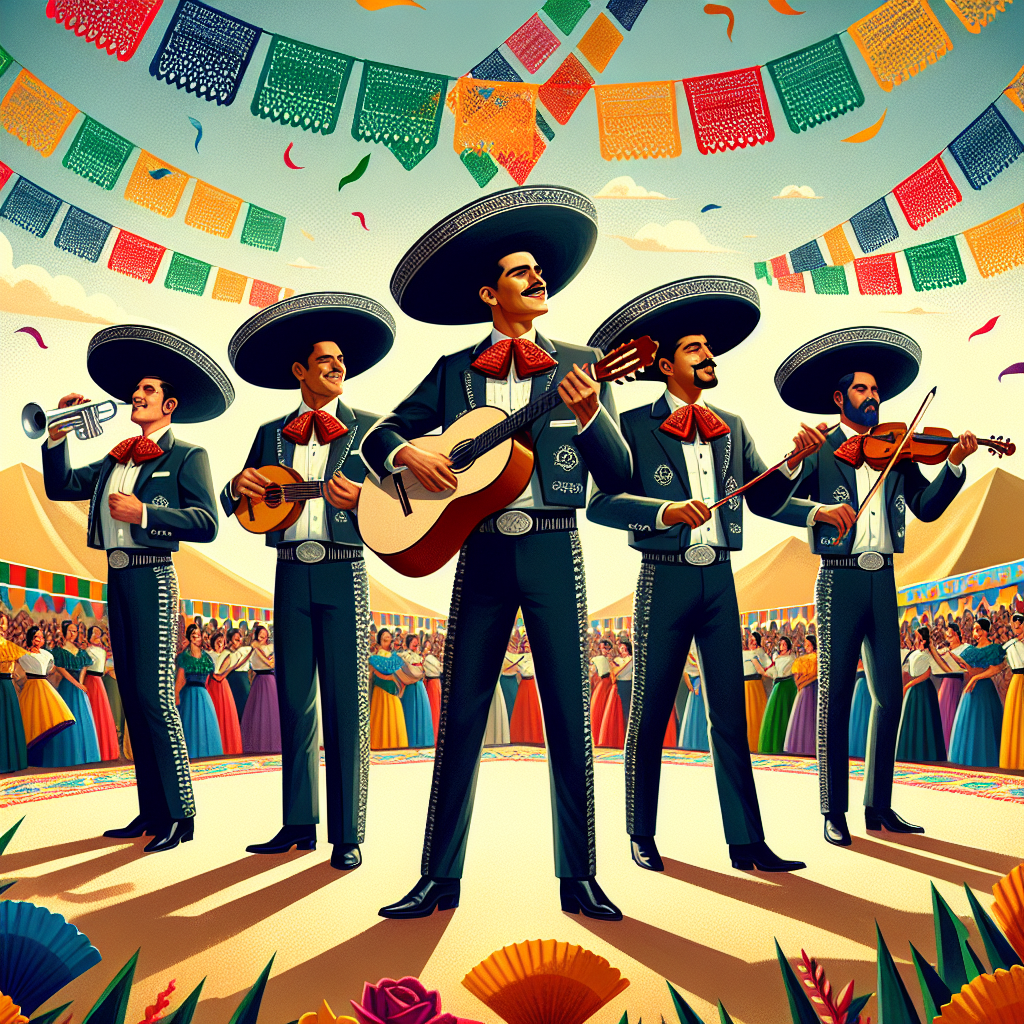Many musical genres have emerged from Latin America, reflecting the region’s rich cultural and historical diversity. Among them, bolero stands out for its passionate expressions of love and desire, delivered through soothing harmonies and rhythms. The essence of bolero music is rich with emotion, and its soulful sounds continue to touch hearts worldwide.
What is Bolero?
Bolero originated in the late nineteenth century in Cuba, and its roots lay in the fusion of African rhythm and Spanish lyricism. Traditionally a slow-tempo, three-four time rhythm, bolero initially served as the backdrop for love stories expressed through lyrics. Over time, bolero has evolved and has been adapted by many Latin American countries, each adding their unique touch.
The Sounds of Bolero
The soulful sounds of bolero music can’t be heard in its distinctive tempo or the romantic lyrics, though these certainly play an essential role. The soul of bolero lies in its ability to tap into the depths of human emotion. Whether it’s an expression of heart-wrenching sorrow, intense longing, or romantic love, bolero takes listeners on an emotional journey.
One key instrument in creating the soulful sound of bolero is the guitar. Whether strummed gently in the background or plucked passionately for a stirring solo, the guitar serves as the heartbeat of bolero music. Instruments like the acoustic bass and bongos often accompany the guitar, providing a rhythmic foundation that supports the emotional content of the lyrics.
Legendary Bolero Artists
Many artists have left their mark on bolero music, each contributing to its development and worldwide popularity. Among the most famous is Trio Los Panchos, a group that made an impact during the golden age of Mexican cinema. Their romantic harmonies and soulful renditions continue to influence contemporary bolero musicians.
Benny Moré, often revered as one of Cuba’s greatest musicians, also embraced bolero. Known for his expressive voice and charismatic stage presence, Moré’s boleros continue to be celebrated for their connection to the human heart’s raw emotions.
Modern Influence
Despite its roots in the 19th century, bolero continues to influence modern music. Contemporary Latin artists often incorporate elements of bolero into their music, reflecting the genre’s enduring appeal. It can also be heard in genres like Latin pop, salsa, and Latin jazz, proving its versatility and timelessness.
Conclusion
Although it has evolved over time and crossed cultural boundaries, the soulful sounds of bolero remain deeply rooted in its romantic and emotional history. Its influence on today’s music leaves no doubt about its importance in the world of Latin music. A testament to human feelings, bolero music continues to strike a chord with audiences, serving as a timeless reminder of love’s many intricacies.
FAQs
1. Where does bolero originate from?
Bolero originated in Cuba in the late nineteenth century and drew inspiration from both African rhythms and Spanish lyrical content.
2. What makes bolero music unique?
The unique feature of bolero music lies in its emotional depth, often hinging on themes of love and longing. Its slow tempo and the use of the guitar and other instrumental rhythms enhance its emotional content.
3. Who is a well-known bolero artist?
Trio Los Panchos and Benny Moré are some of the well-known bolero artists who have contributed significantly to the genre.
4. Does bolero influence modern Latin music?
Yes, bolero continues to influence modern Latin music and has made its impact on genres such as Latin pop, salsa, and Latin jazz.
5. What is the role of the guitar in bolero?
It is the heartbeat of bolero music. The guitar may be gently strummed in the background or plucked passionately in solos, setting the rhythm and mood of the music.




